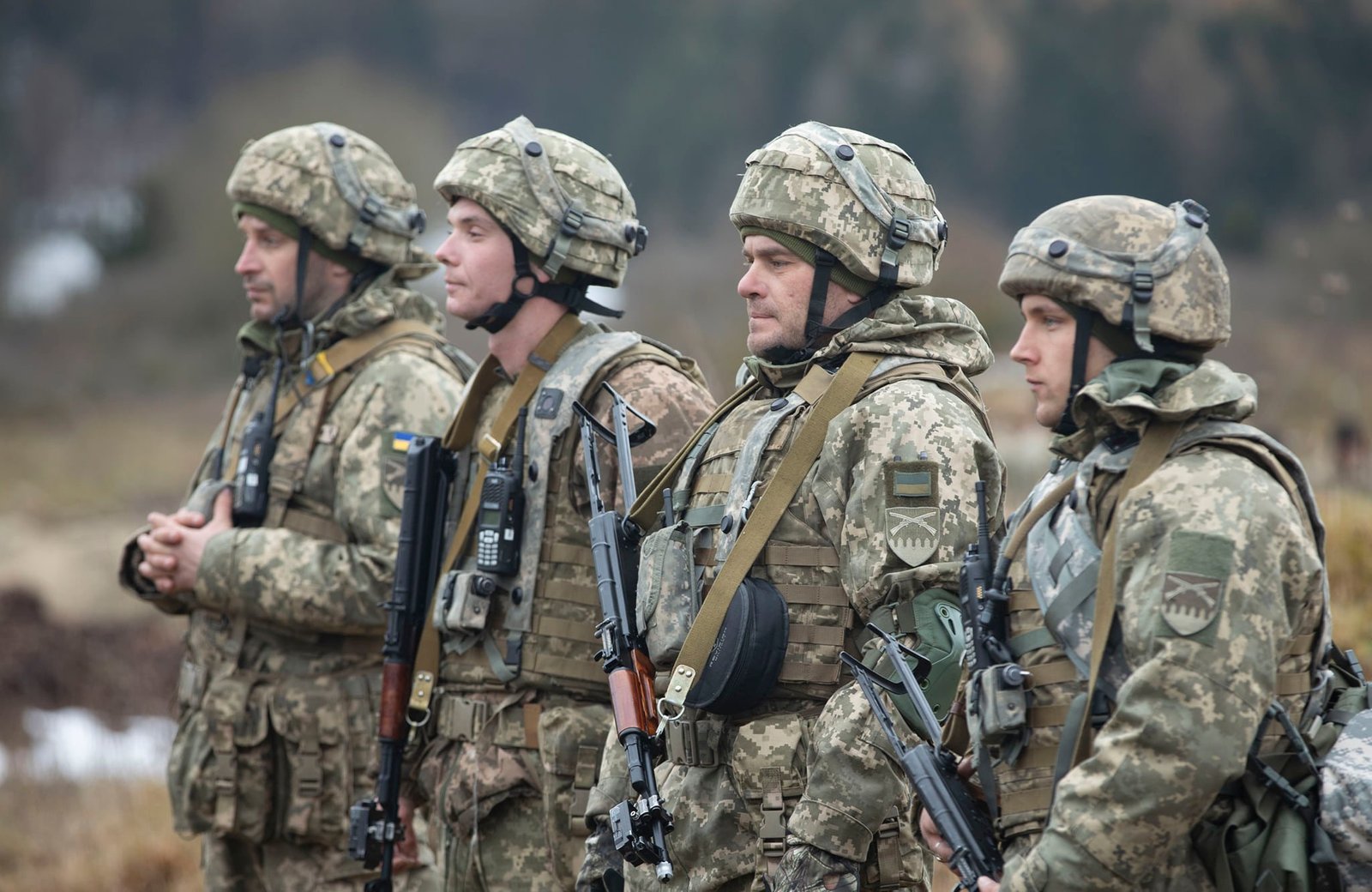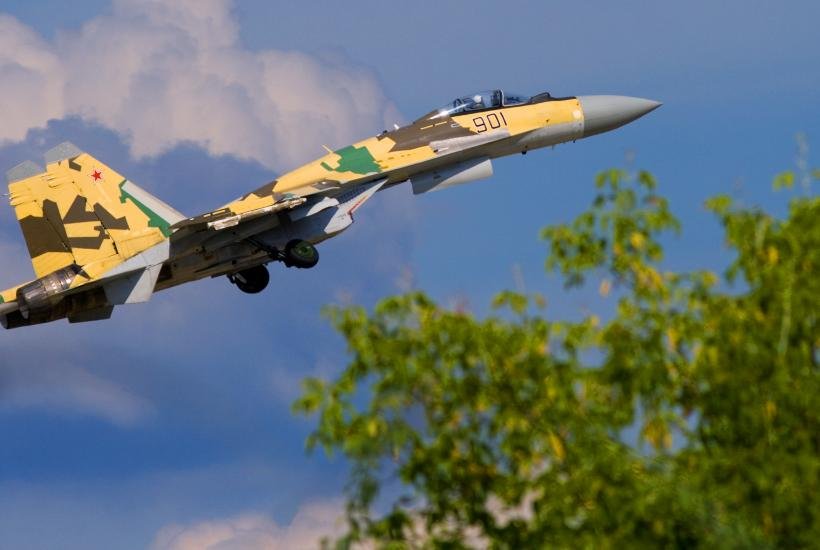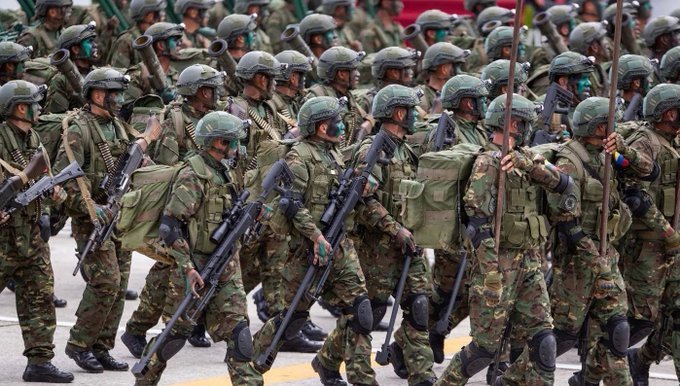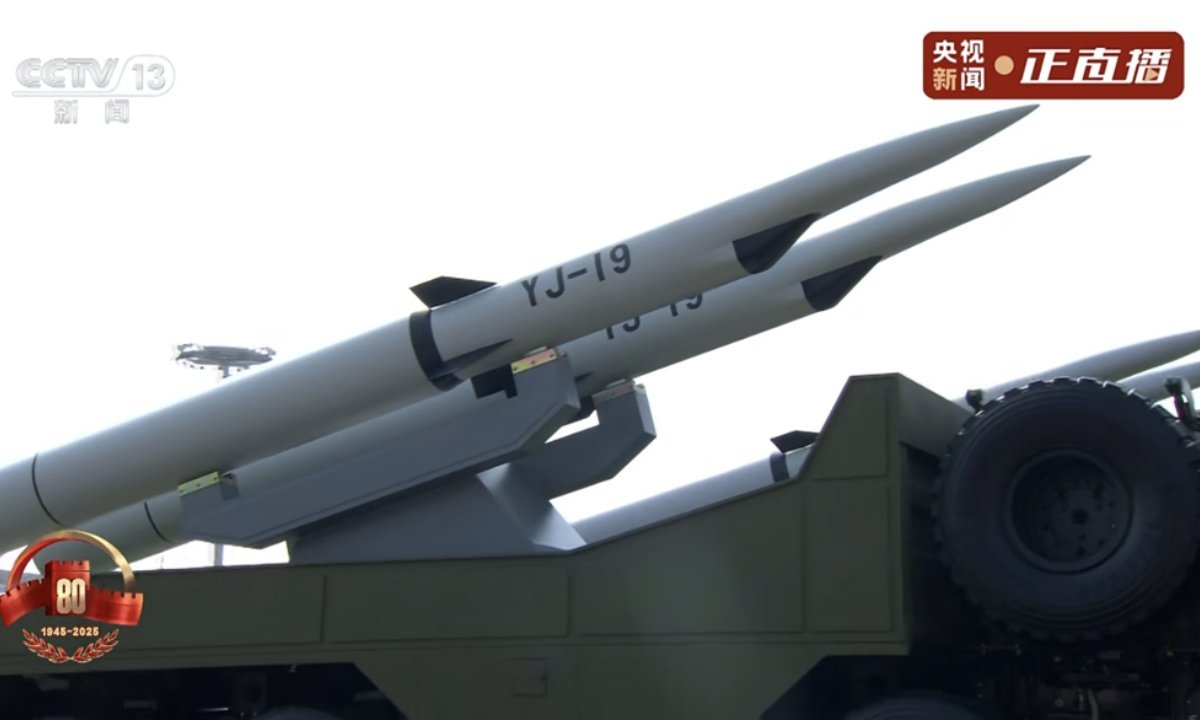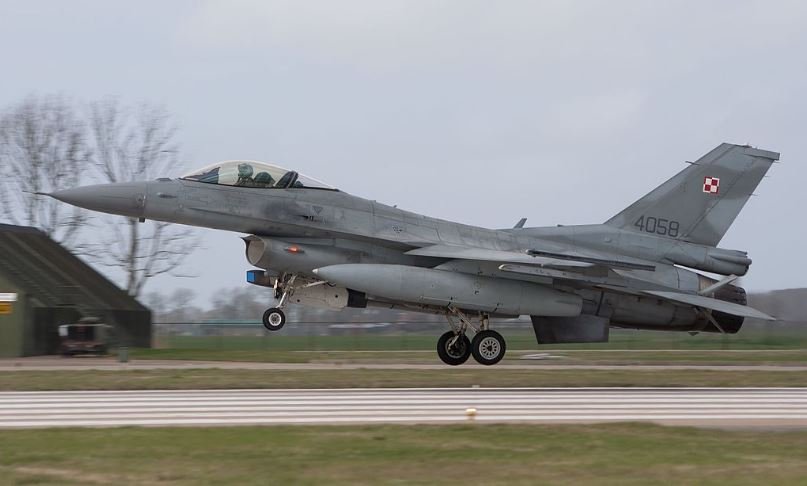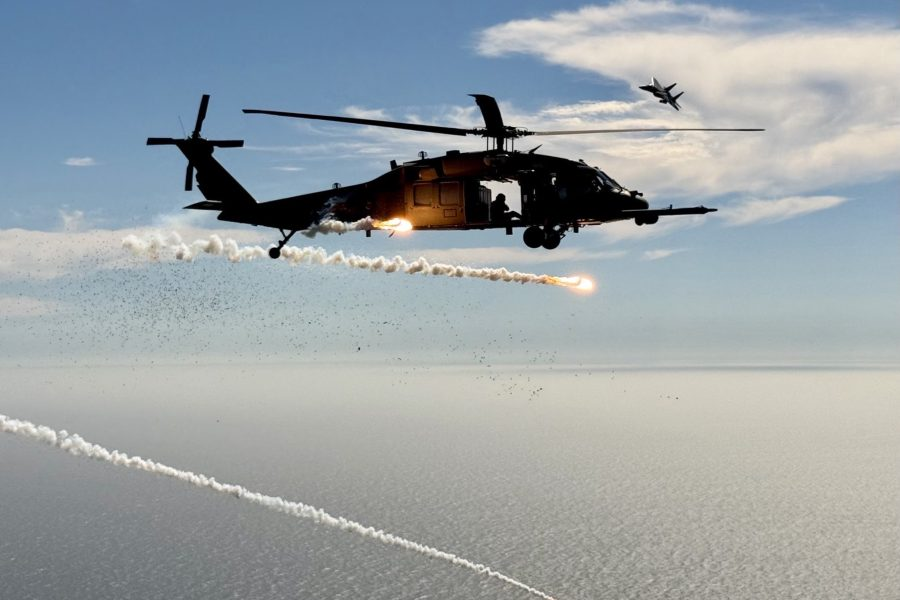
A second wind for the Su-57 thanks to Algeria and India?
The Russian fifth-generation fighter aircraft Su-57 has long faced problems that prevent it from being mass-produced and from being an export success. While the Russian Air Force is gradually introducing it into service, export orders have not yet arrived. However, there are now signs that the Su-57 could gain new momentum thanks to the interest of Algeria and India. Could this aircraft really be on the verge of a second wind?
History and problems of the Su-57
The Su-57 was conceived as a response to the American F-22 Raptor and F-35 Lightning II. However, the development of the aircraft was accompanied by technological and financial problems that led to repeated delays. The main problem was that the aircraft still operates with an improved version of the AL-41F1 engine, while the full-fledged Izdelije 30 engine was accompanied by delays in development. This shortcoming limits its true fifth-generation capabilities.
Another serious problem is the slow production. The Russian Air Force has ordered 76 of the aircraft, but their production is much slower than expected. The slow pace of production means that the Su-57 does not yet have sufficient operational capabilities or extensive combat deployment. This raises doubts about its reliability and effectiveness.
The third obstacle is limited exports. Sanctions, quality concerns, and a lack of strategic partners have prevented the Su-57 from penetrating international markets. Many countries prefer American or European alternatives, which reduces the chances of success for the Russian aircraft.
Technical parameters of the Su-57
The Su-57 is a fifth-generation multi-role fighter aircraft that combines stealth characteristics, high maneuverability, and modern avionics. The aircraft is 19.8 meters long, has a wingspan of 14 meters, and has a maximum takeoff weight of approximately 35 tons. Thanks to its aerodynamic design and the use of composite materials, it achieves lower radar reflectivity compared to previous Russian fighters.
It is powered by two turbojet engines, with current versions using AL-41F1s, while future variants are expected to be equipped with advanced Izdělije 30 units. The Su-57 can reach speeds of up to 2,600 km/h and has a combat radius of around 1,500 km without refueling. The aircraft is capable of operating at high supersonic speeds without the use of afterburners, which gives it an advantage in combat.
The Su-57 is equipped with a wide range of weapons systems, including air-to-air and air-to-surface guided missiles, precision bombs, and a 30 mm GŠ-30-1 cannon. A key feature is the ability to carry weapons in internal weapon bays, which minimizes radar reflection and increases its survivability in combat. The modern N036 Byelka radar with active electronic scanning ensures long-range target detection and integration into combat command and control systems.
Algeria – a key customer for Russian technology
Algeria is a traditional buyer of Russian military equipment and has purchased a large number of Su-30MKA and MiG-29M aircraft in the past. The country has long sought to modernize its air fleet and is looking for aircraft that would ensure its technological superiority over regional rivals. In 2020, there were speculations that Algeria had signed an agreement to purchase up to 14 Su-57s, which would make it the first foreign customer for the aircraft. Now, Algeria has confirmed an order for Su-57s, making it the first foreign customer for the aircraft. Algerian state television reported that local pilots are already undergoing training in Russia, with the first Su-57s expected to enter service with the Algerian Air Force by the end of 2026.
This could kick-start the aircraft’s export and contribute to its further development. The Su-57 could be an interesting option for Algeria, as it offers advanced stealth technology and strong combat capabilities. This combination could help Algeria maintain its military superiority in North Africa.
Another factor is the long-standing cooperation with Russia. Algeria has previously opted for Russian fighters, and the Su-57 technology would be compatible with its existing systems. In addition, there is speculation that Russia may offer favorable financing terms, which could facilitate the purchase of new aircraft.
India – a return to Russian technology?
India originally collaborated with Russia on the FGFA (Fifth Generation Fighter Aircraft) program, which was based on the PAK FA project, later the Su-57. It originally planned to procure up to 244 aircraft, but gradually reduced this number to 184, 144 and finally 108 machines. In 2018, India withdrew from the program due to financial and technical problems, as well as Russia’s inability or unwillingness to respond to India’s growing demands.
However, in February 2025, the Russian Federal Service for Military-Technical Cooperation announced that India is seriously considering purchasing the Su-57 multi-role fighter and its licensed production. This interest may be due to the significant improvement of the aircraft, more favorable conditions for industrial cooperation, and also the sharp combat debut of the Su-57 in Ukraine. Another factor is India’s lagging behind China in the development of its own fifth-generation aircraft.
At the Aero India 2025 air show, the Su-57 was presented in a flight demonstration that aroused great interest. Despite the fact that minor reservations were noted about the workmanship of the prototype being demonstrated, the flight characteristics of the aircraft were assessed positively.
India plans to launch a global tender for 114 multi-role fighter aircraft in 2025 to strengthen its air force and cope with the growing power of the Chinese air force. Potential bidders include US companies Lockheed Martin and Boeing, Russia’s United Aircraft Corporation, France’s Dassault Aviation, Sweden’s Saab and Germany’s Eurofighter. Lockheed Martin is offering a variant of the F-16 called the F-21, while Russia may offer the advanced Su-57.
If India were to decide to buy the Su-57, it would mark a return to cooperation with Russia on fifth-generation fighter aircraft. The move could strengthen India’s air force while also boosting Russia’s aerospace industry. However, the decision will depend on a number of factors, including technical specifications, cost, geopolitical considerations and the aircraft’s ability to meet the specific requirements of the Indian air force.

Peter Weiss

